In today’s hyper-digital age, where instant messaging and social media shape our daily interactions, abbreviations like “BTW” (By The Way) have become part of everyday language. What once began as simple shorthand for informal chats is now embedded across platforms—from workplace emails to academic discussions and even brand marketing campaigns.
But here’s the catch: while “BTW” appears harmless, its usage can significantly affect how your message is received. In some settings, it comes across as friendly or casual; in others, it may feel abrupt, dismissive, or even unprofessional. And in 2025, where tone sensitivity and digital etiquette are at the forefront of communication, mastering such subtleties is no longer optional—it’s essential.
What Does “BTW” Mean in Text?
In text communication, “BTW” stands for “By The Way.” It’s widely used in casual conversations, social media, emails, and texting. The phrase is typically used to introduce a new topic, add extra information, or make a side comment that’s not directly related to the main subject.
Example:
- “BTW, I saw your post yesterday—awesome stuff!”
While commonly used informally, the expression may appear unprofessional in business or academic settings. Therefore, knowing appropriate alternatives is key to effective and contextual communication.
Why Understanding “BTW” Matters in 2025
As of 2025, digital communication continues to evolve rapidly. Slang, abbreviations, and emojis dominate online platforms, but with remote work, hybrid offices, and global connectivity, there’s increasing pressure to strike the right balance between clarity and tone.
Understanding “BTW” isn’t just about decoding texts; it’s about using language strategically and respectfully depending on the audience. Professionals in 2025 prioritize clear intent, tone accuracy, and contextual alignment—all of which can be influenced by small words like “BTW.”
The Tone of “BTW”
“BTW” is generally light, conversational, and informal. It often comes across as casual, and in some contexts, even dismissive or passive-aggressive, depending on placement and delivery.
Tone Examples:
- Friendly: “BTW, great job on the meeting today!”
- Offhand: “BTW, we’re moving the deadline.”
- Passive-Aggressive: “BTW, I noticed you didn’t reply to my last email.”
11 Smart Alternatives to “BTW” (With Contextual Use)
Here are 11 high-quality alternatives to “BTW” you can use depending on the tone, relationship, and formality of your communication.
1. Just so you know
- Tone: Informal to neutral
- Example: Just so you know, the team rescheduled the client meeting.
- Why Use It: Friendly and clear, often used to pass along helpful info.
2. As a side note
- Tone: Neutral and professional
- Example: As a side note, we might want to include that data in the final report.
- Why Use It: Good for written communication or presentations.
3. Incidentally
- Tone: Formal and refined
- Example: Incidentally, the client expressed interest in additional services.
- Why Use It: Adds a professional flair in polished writing.
4. In passing
- Tone: Literary or formal
- Example: He mentioned, in passing, that the budget might be revised.
- Why Use It: Softens the importance of the point while still including it.
5. For your information
- Tone: Professional; sometimes assertive
- Example: For your information, the deadline has been updated.
- Why Use It: Factual and to the point, best for professional settings.
6. Just a quick note
- Tone: Friendly and casual
- Example: Just a quick note—parking will be limited tomorrow.
- Why Use It: Useful for team chats, memos, and announcements.
7. Before I forget
- Tone: Casual and personal
- Example: Before I forget, happy birthday!
- Why Use It: Adds a human touch, often used verbally or in casual notes.
8. By the way of update
- Tone: Semi-formal
- Example: By the way of update, we’ve finalized the campaign strategy.
- Why Use It: Sounds polished in business communication.
9. On another note
- Tone: Friendly and flexible
- Example: On another note, we’re organizing a virtual team lunch.
- Why Use It: Easily bridges two different topics.
10. While we’re at it
- Tone: Conversational
- Example: While we’re at it, should we review next month’s goals?
- Why Use It: Naturally shifts the subject during group discussions.
11. One more thing
- Tone: Warm and casual
- Example: One more thing—don’t forget to bring your badge.
- Why Use It: Gentle transition that adds an afterthought or reminder.
Choosing the Right Phrase: Context Is Key
When replacing “BTW,” think about the audience and medium. Here’s how you can choose wisely:
- Email to a colleague: Try “Just so you know” or “Quick note.”
- Formal report or presentation: Go with “Incidentally” or “As a side note.”
- Personal text: “Before I forget” or “One more thing” adds charm.
- Group announcement: “On another note” is warm and cohesive.
When to Avoid “BTW”
In 2025, language etiquette in professional settings is under higher scrutiny. Avoid “BTW” when:
- Speaking to executives or clients
- Writing official documentation
- Communicating serious or sensitive topics
- Delivering constructive criticism
Instead, lean toward structured alternatives that reflect awareness and intent.
Summary
“BTW” (By The Way) is a staple of modern communication, but its informal tone isn’t always suitable—especially in professional or sensitive contexts. By choosing more nuanced, audience-specific alternatives, you elevate your communication and align with the evolving digital tone of 2025.

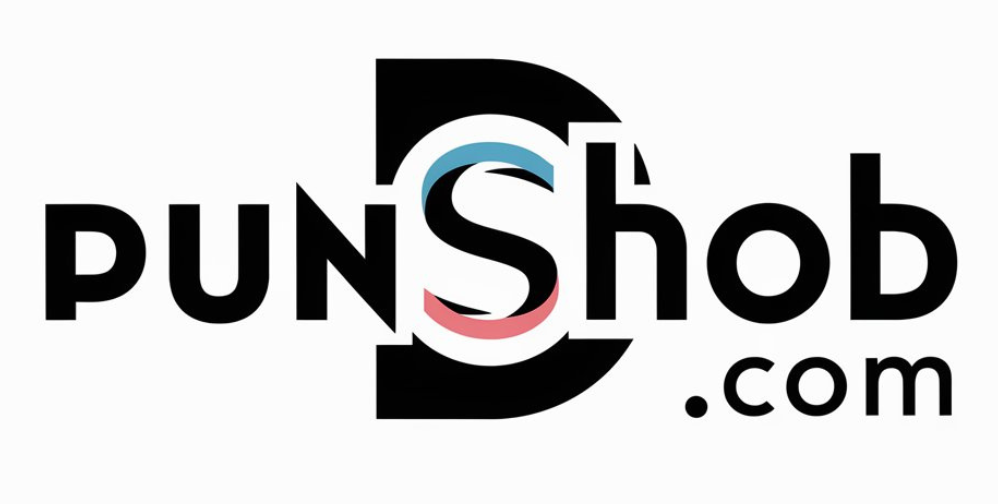
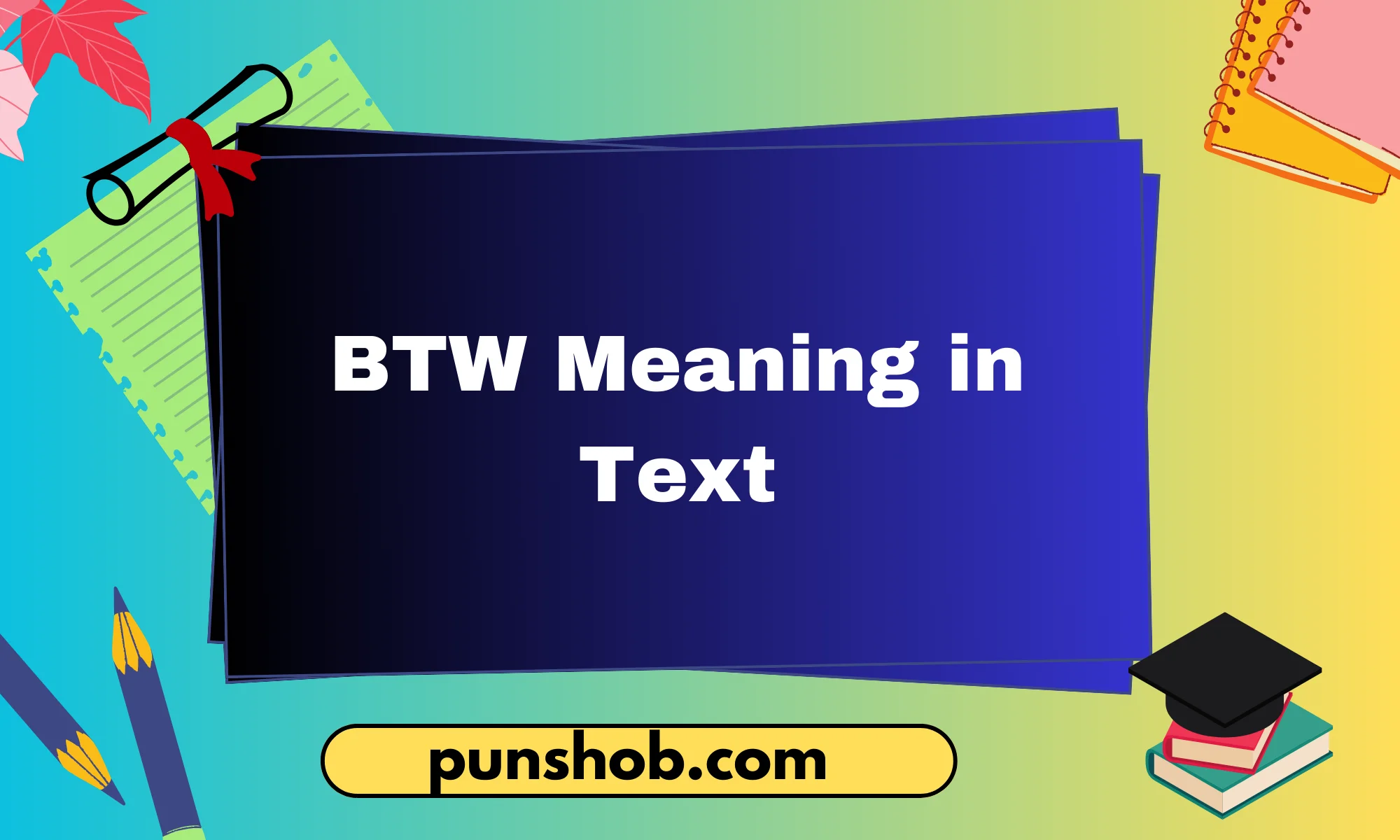
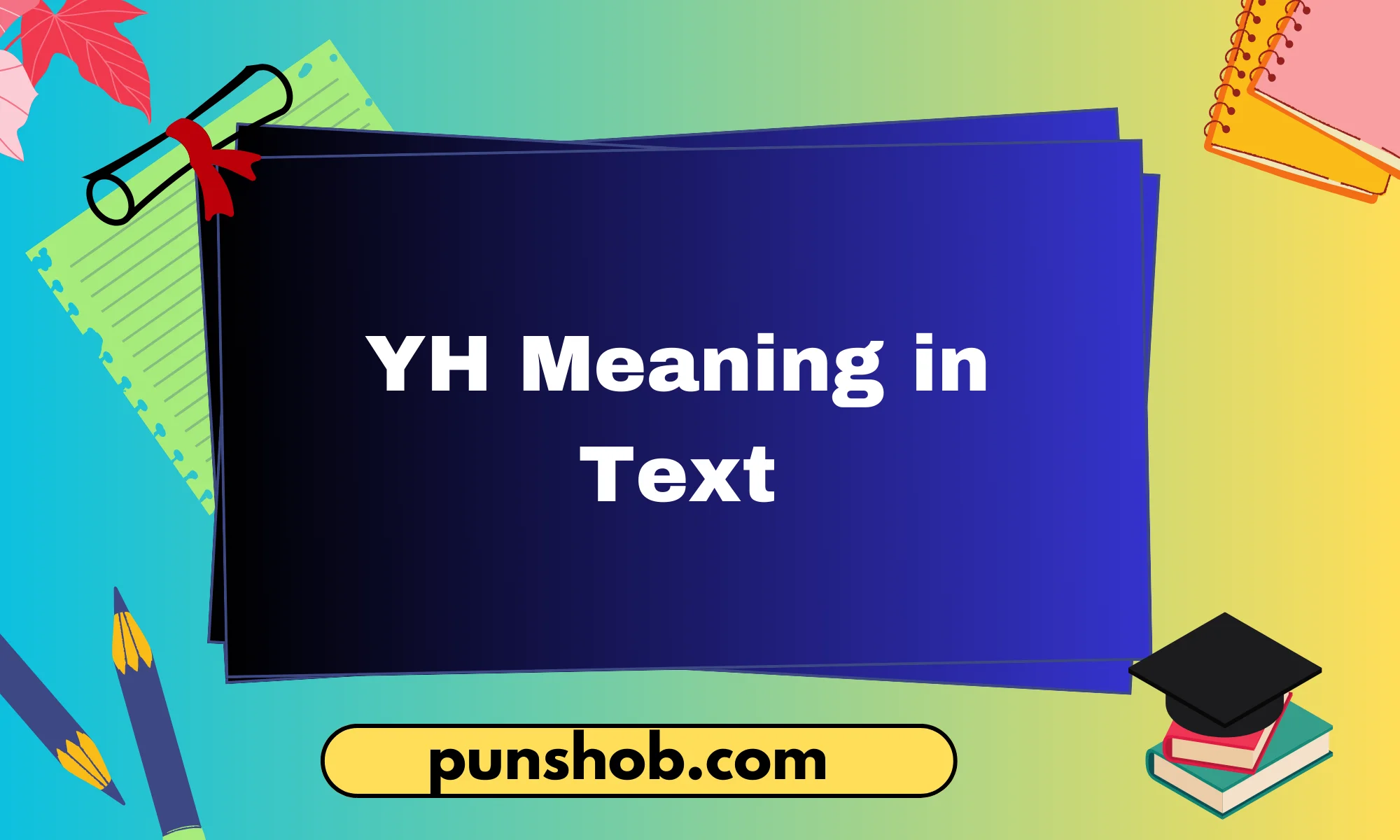
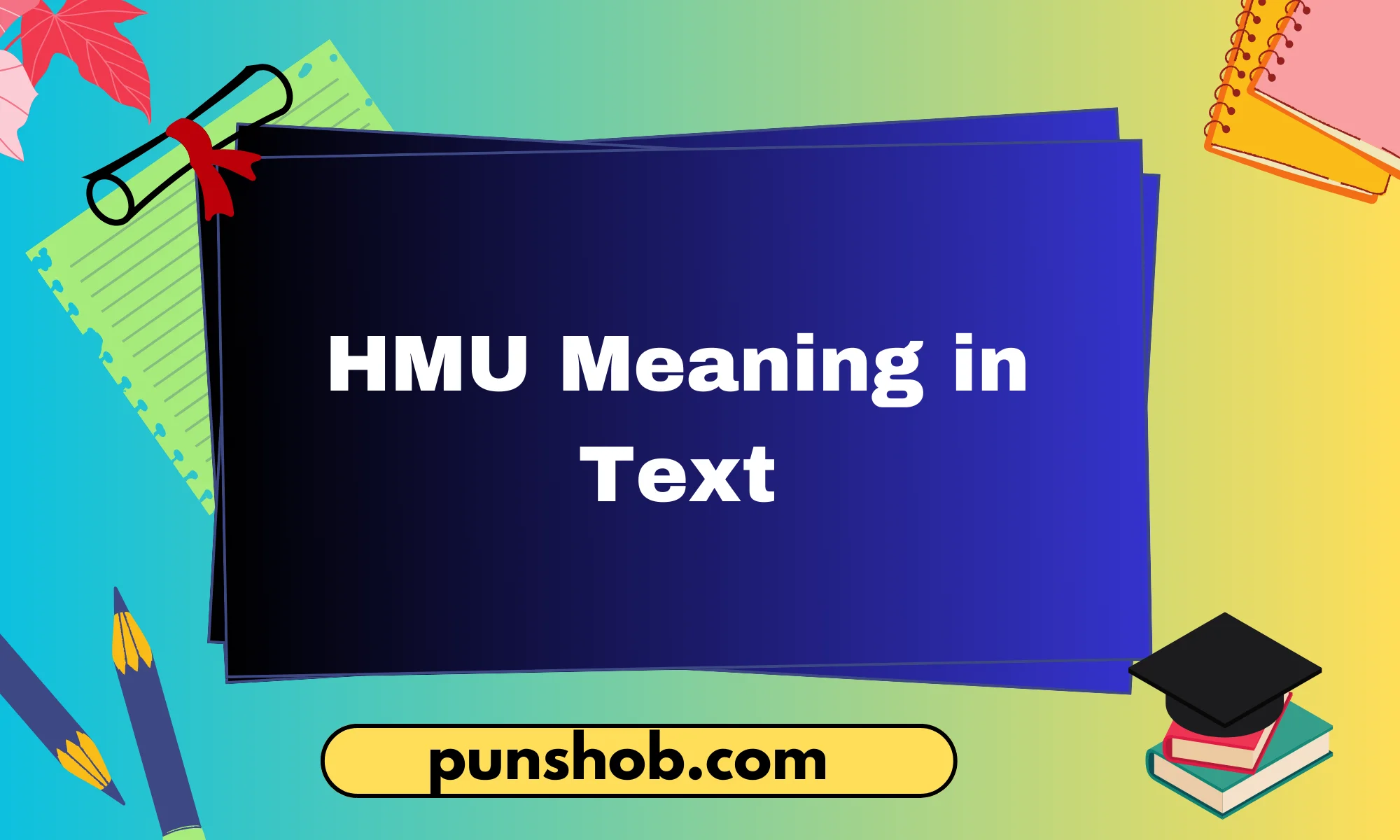

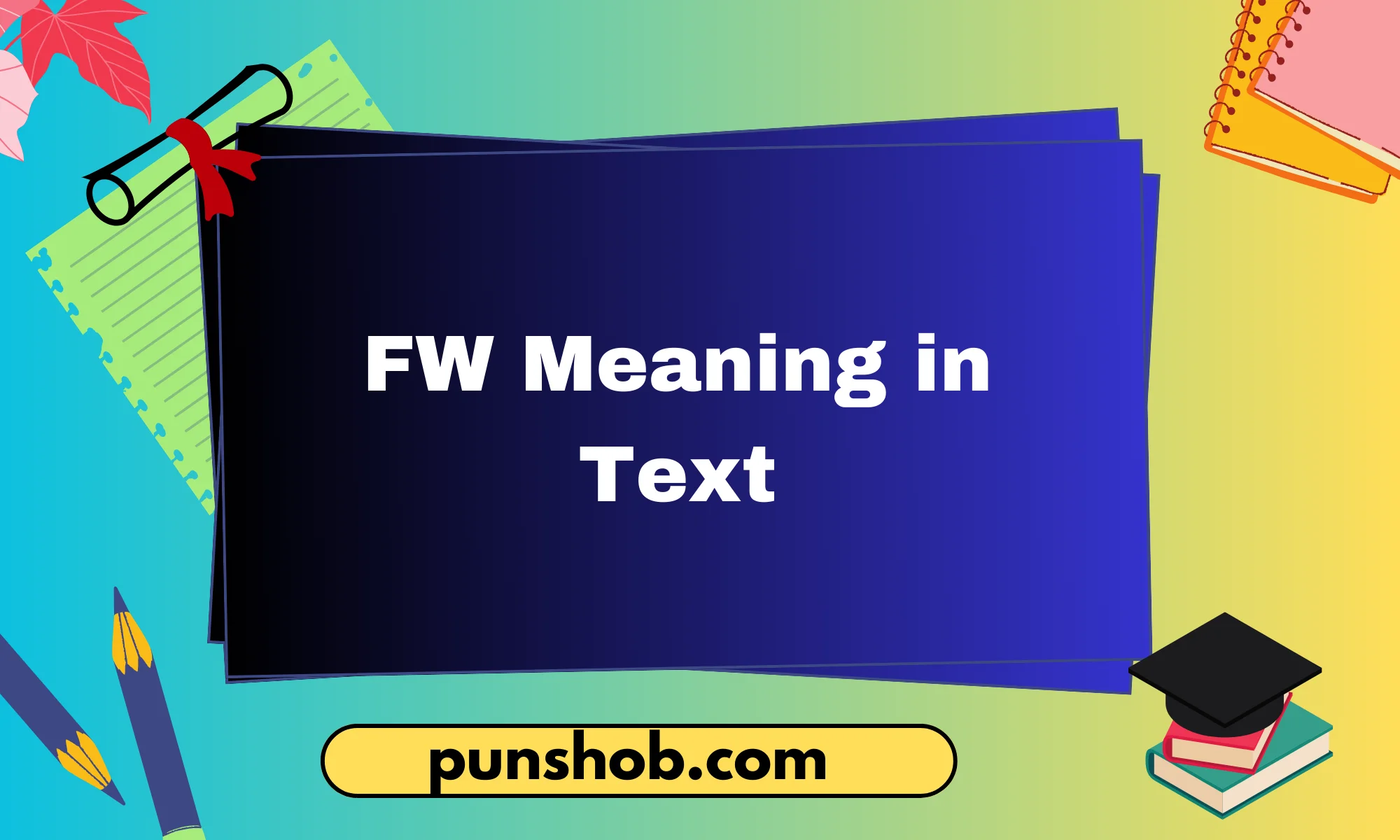
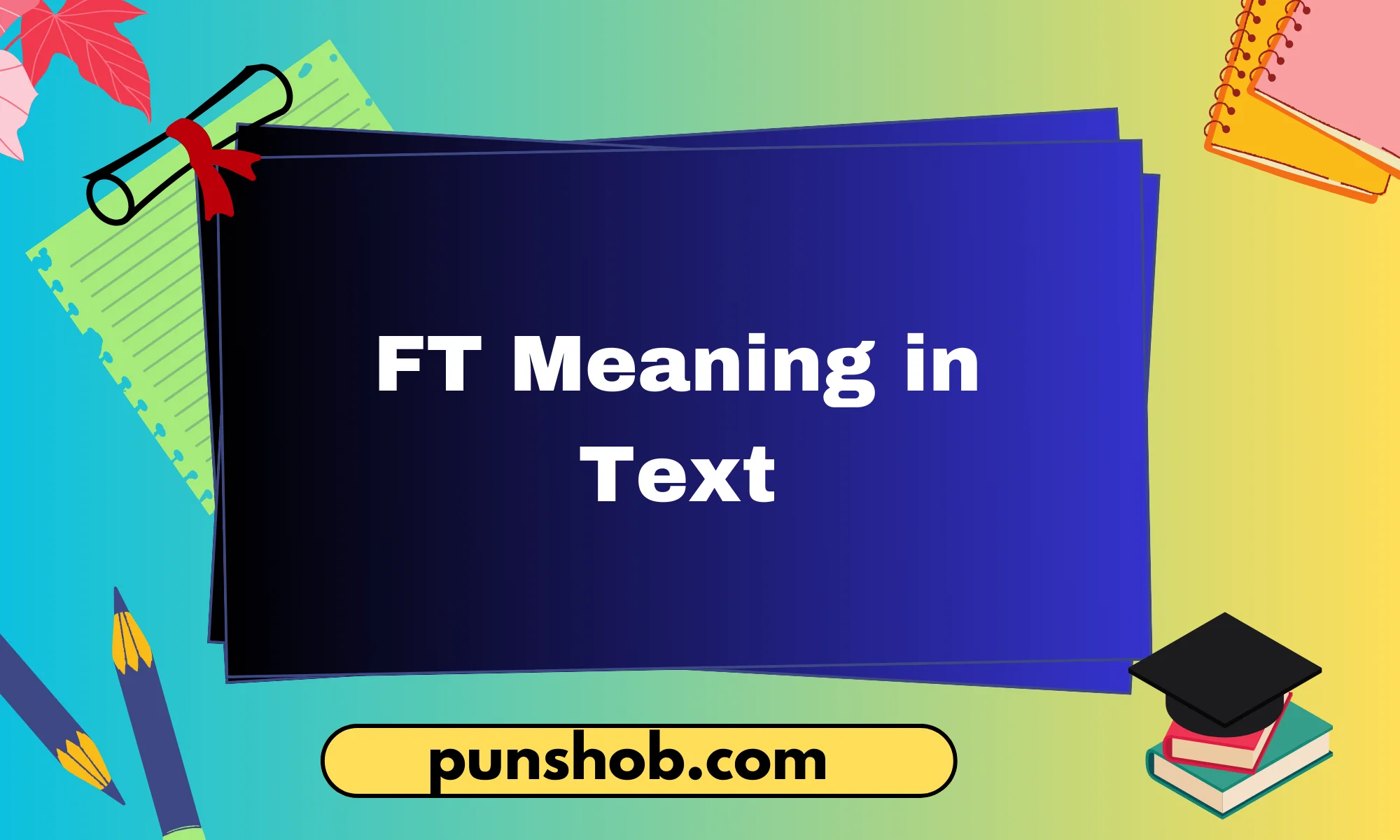
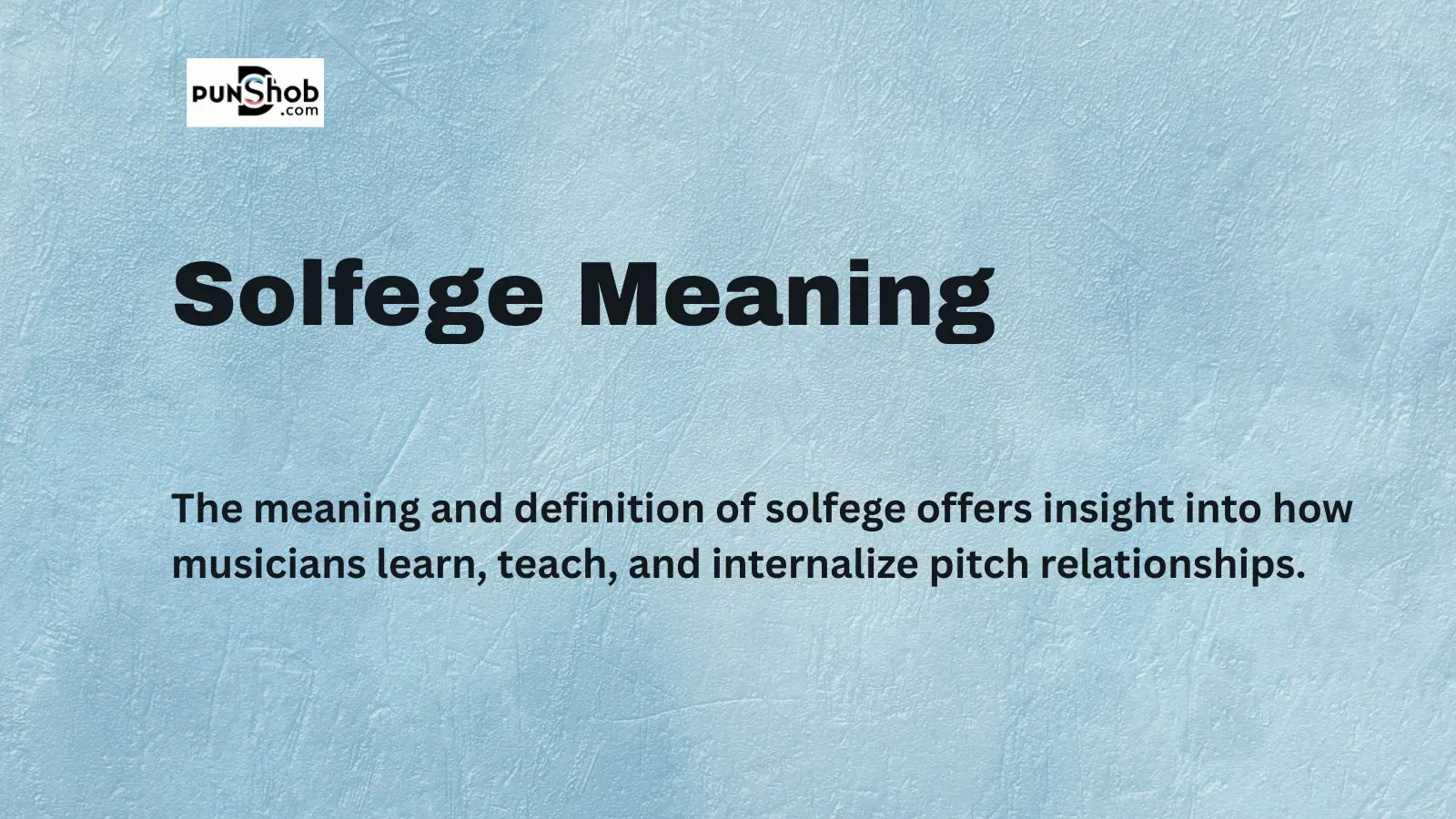

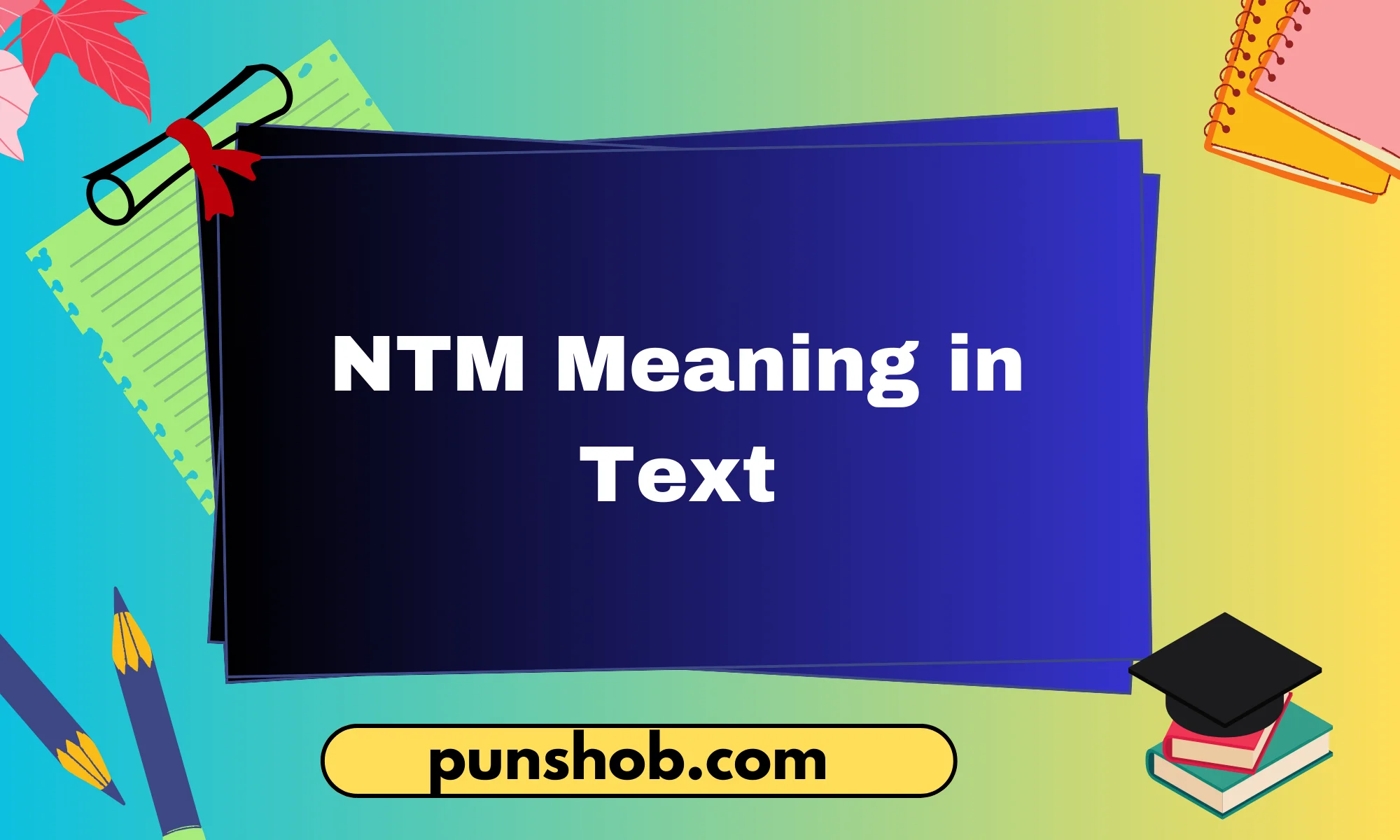
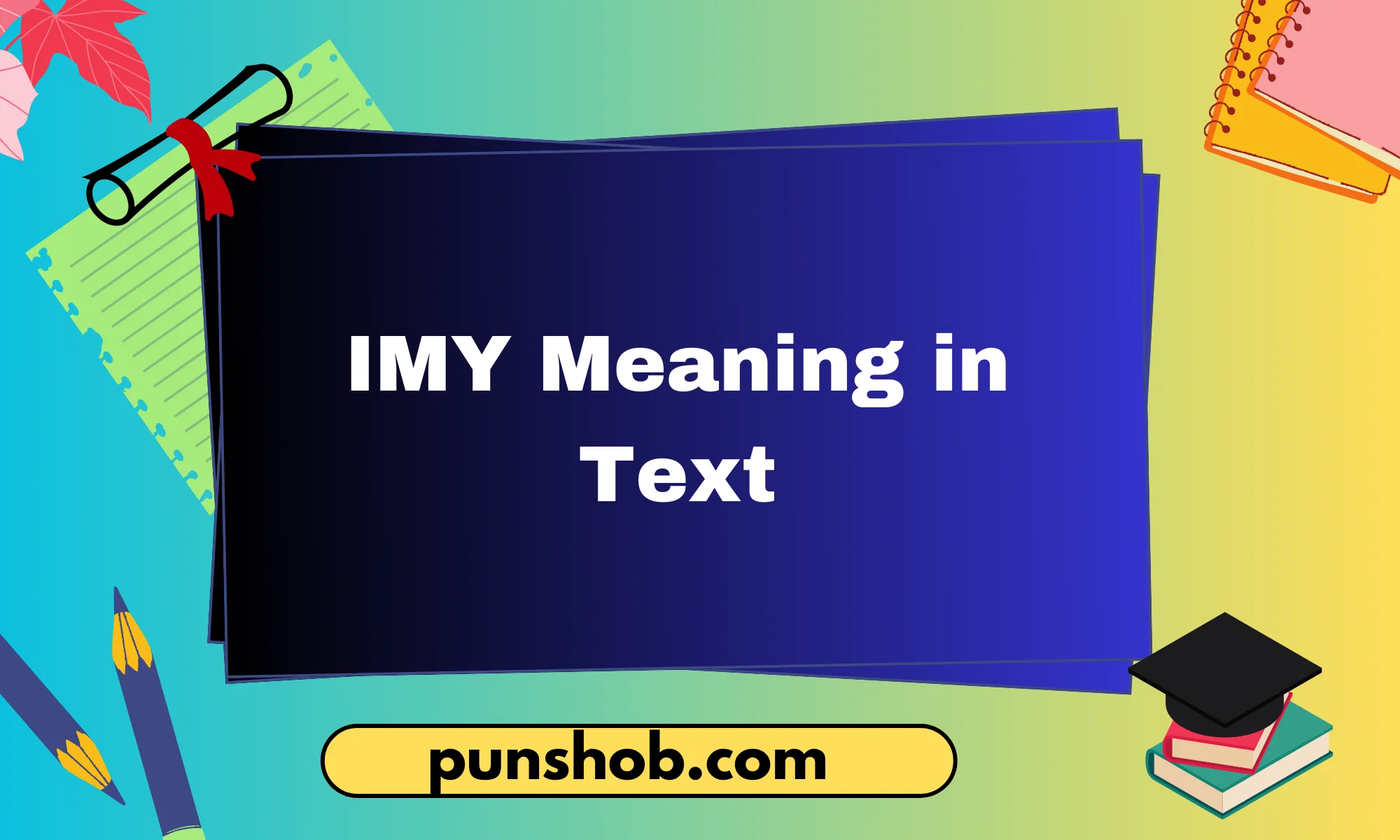
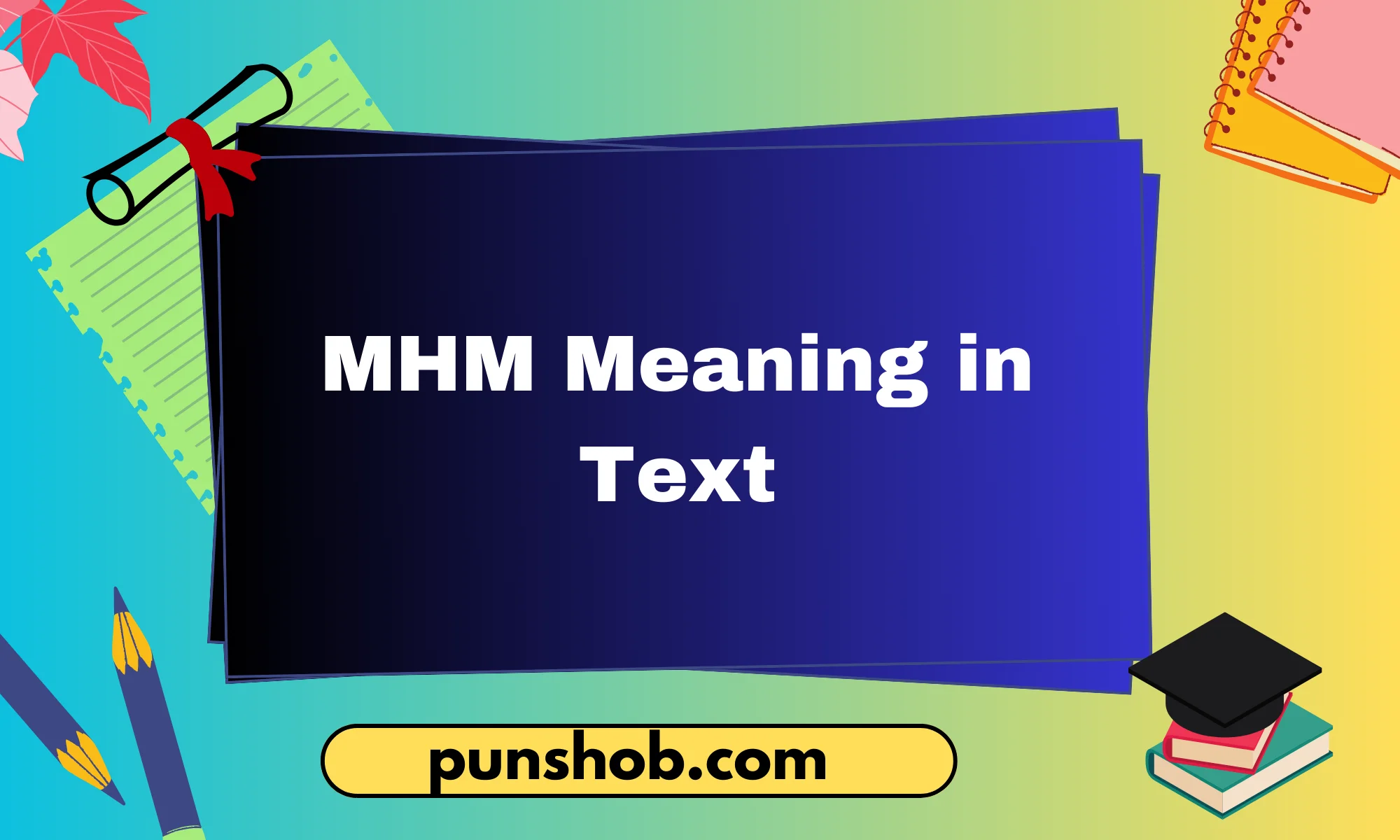
Leave a Reply